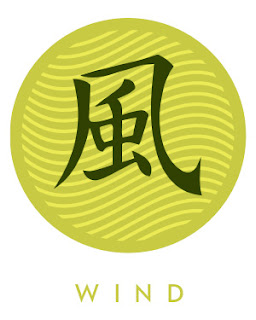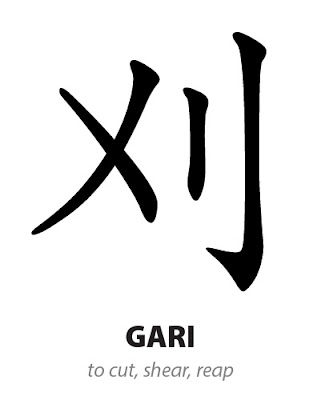Five Elements: Wind

In time, earth fades, leaving only the wind. These are the techniques which feel so much lighter to uke, unlike earth, and are so ephemeral and difficult to see, unlike fire. These are the techniques which often send uke flying, such as kote gaeshi , kubi guruma , or sumi otoshi . There is a moment of faint connection between tori and uke, but then it's gone again. Wind neither strikes like fire, nor holds like earth. It brushes against the skin lightly, here, then there, then over there. This is an element that astounds younger, newer students. Consequently, he can at times begin to believe in his own "magic," indulging in his new role as mentor and sensei. He can also fall in love with the sound of his own voice, philosophizing ad naseum to a room full of captive, weary students. Wind is open. While fire and earth tend to focus on what's in front of them, wind is constantly moving, aware of everything around it, yet fixated on none of it. Wind's

